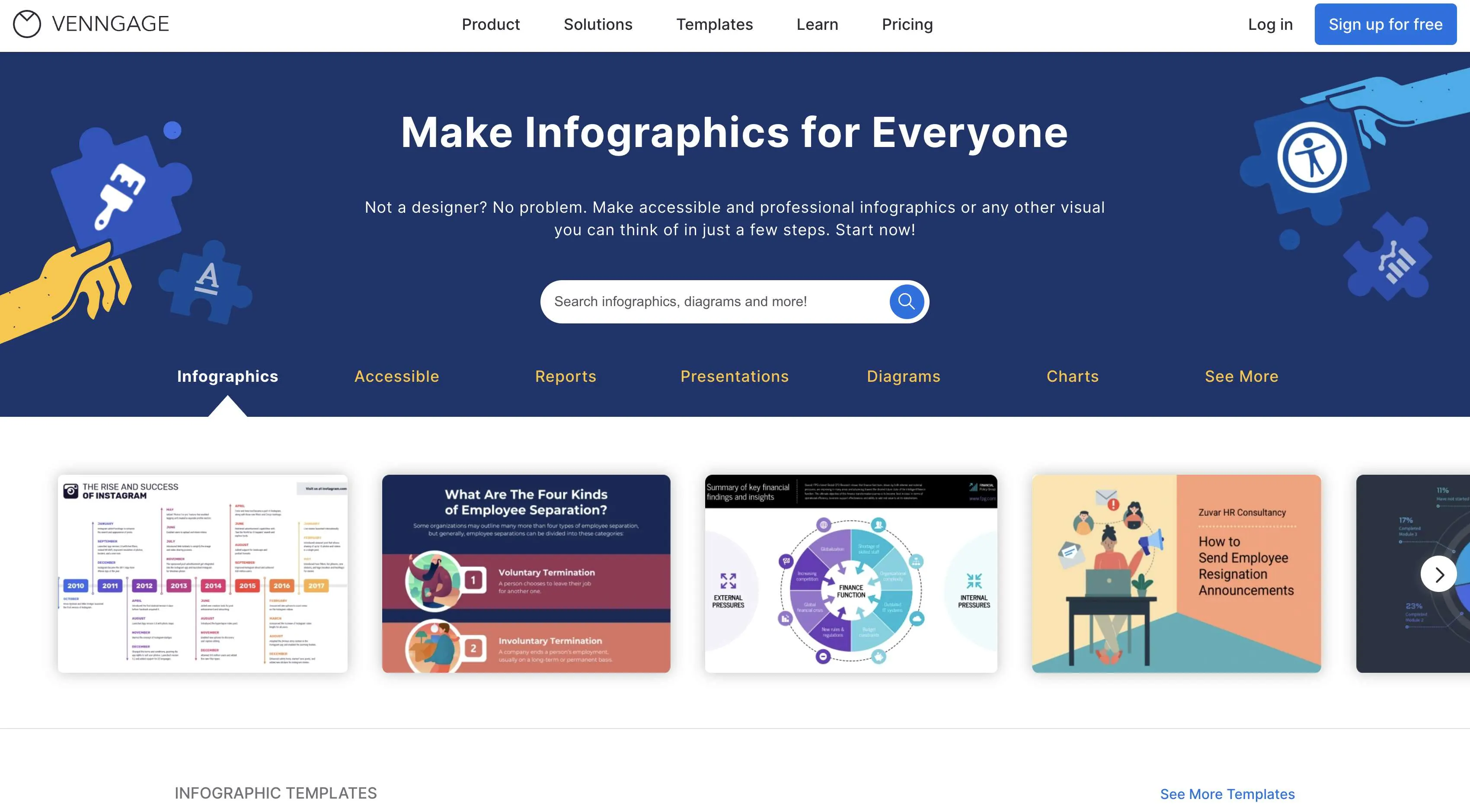Essential Tips for Creating a High-Impact Web Design for Your Business
Essential Tips for Creating a High-Impact Web Design for Your Business
Blog Article
How Efficient Web Style Can Boost User Experience and Conversions
In the increasingly affordable electronic landscape, efficient web layout plays a critical function in improving individual experience and driving conversions. By focusing on user-centric concepts, such as clear content power structures and intuitive navigation, businesses can create engaging platforms that not only attract site visitors yet additionally facilitate smooth communications. As we explore the crucial elements that contribute to effective internet style, it comes to be apparent that the influence on user complete satisfaction and conversion prices is profound. Comprehending these characteristics may uncover techniques that might transform just how individuals engage with your website.
Relevance of User-Centric Style
In the realm of internet layout, focusing on user-centric style is vital for developing efficient digital experiences. This technique concentrates on recognizing the needs, preferences, and actions of individuals, ensuring that digital interfaces are accessible and intuitive (Web design). By integrating user responses into the design process, web designers can craft experiences that reverberate with their target audience, ultimately bring about boosted involvement and fulfillment
User-centric style emphasizes usability, which is essential for keeping individuals and minimizing bounce rates. When individuals can navigate an internet site effortlessly, they are extra likely to discover its web content and convert into customers.

Crucial Element of Reliable Design
Reliable design works as the foundation of user-centric website design, equating individual needs right into visual structures that help with communication. A well-organized design focuses on material through a clear power structure, assisting customers' eyes to important details first. This pecking order is frequently established utilizing spacing, size, and color, making sure that crucial aspects attract attention.
An additional crucial element is using whitespace, which avoids overcrowding and boosts readability. Web design. Whitespace allows components to breathe, making the overall layout appear cleaner and less complicated to navigate. In addition, consistency in design aspects, such as colors and typefaces, fosters experience and trust, enabling individuals to browse the website with greater convenience
Grid systems can also be invaluable, supplying a framework that aligns material realistically and cosmetically. This positioning boosts the customer experience by creating a structured visual flow. Adaptability in layout-- like receptive layout-- makes sure that web sites do well across numerous devices, catering to varied user preferences.
Ultimately, a reliable layout not just astounds customers yet also encourages them to involve even more deeply, inevitably driving conversions and meeting organization objectives. By concentrating on these vital elements, developers can create layouts that reverberate with users and enhance their general experience.
Navigational Ideal Practices
User-friendly and clear navigating is vital for improving user experience on a website. A well-structured navigating system allows individuals to locate details promptly, which straight impacts their complete satisfaction and chance of conversion - Web websites design. Carrying out a hierarchical framework is necessary; use categories and subcategories that practically group relevant material, making it less complicated for site visitors to check out
Uniformity in navigation elements is likewise vital. Make certain that links, menus, and buttons maintain harmony stylishly, color, and positioning throughout all web pages, giving customers with a familiar structure as they navigate. Furthermore, utilize descriptive labels for navigation things. Rather than common terms, choose for clear labels that precisely show the material, aiding customers in making notified choices.

Mobile Responsiveness and Availability

Accessibility, on the other hand, concentrates on making internet sites functional for individuals with specials needs. This consists of adhering to guidelines such as the Web Material Access Guidelines (WCAG), which attend to issues like color comparison, text size, and key-board navigating. By implementing these requirements, web developers can develop inclusive experiences that accommodate a broader audience, consequently enhancing user interaction and fulfillment.
Furthermore, mobile responsiveness and availability not only boost user experience but additionally favorably effect internet search engine rankings. Look engines focus on accessible and mobile-friendly web sites, making them a lot more most likely to show up in appropriate search results page. Subsequently, spending in these aspects of website design not just meets individual demands yet additionally adds to general organization success through boosted presence and enhanced conversion rates.
Measuring Success With Analytics
Tracking customer communications and actions via analytics is essential for evaluating the success of a web site. By leveraging devices such as Google Analytics, companies can collect critical data that reveals how individuals engage with their website. Metrics such as bounce prices, ordinary session duration, and conversion rates supply insights into individual habits and can highlight locations for renovation.
Comprehending customer demographics and web traffic resources further enhances a web site's effectiveness. This data you could check here enables internet developers to customize web content and layout components to better meet the demands of their target market. Furthermore, tracking details customer journeys assists identify potential traffic jams in the conversion channel, allowing services to enhance their website design appropriately.
Routinely assessing this analytics information is vital for continual enhancement. A/B testing different layout elements can offer concrete evidence of what resonates with customers, permitting educated choices based upon real-world performance. Ultimately, gauging success via analytics not just boosts user experience yet additionally drives conversions, making certain that web style initiatives straighten with organization goals. In an electronic landscape where competition is intense, taking advantage of the power of analytics is key to keeping a user-friendly and successful web site.
Conclusion
In final thought, efficient web style plays a critical duty in improving individual experience and driving conversions. By prioritizing user-centric principles, implementing essential layout elements, and ensuring intuitive navigating, sites can involve a diverse audience. Mobile responsiveness and access more add to a seamless communication for all customers. Ultimately, gauging success with analytics permits continual renovation, making sure that design approaches stay straightened with customer requirements, therefore promoting organization development and success.
In the increasingly affordable digital landscape, efficient web style plays a crucial role in improving customer experience and driving conversions. By incorporating customer responses into the style process, internet developers can craft experiences that reverberate with their target audience, ultimately leading to enhanced engagement and satisfaction.
Eventually, the relevance of user-centric style lies in its capacity to produce significant interactions that drive conversions and foster long-lasting connections with customers, making it an important element of effective web style approaches.
Inevitably, gauging success through analytics not only enhances user experience but likewise drives conversions, ensuring that internet layout initiatives align with organization purposes.In final thought, reliable internet layout plays a crucial duty in enhancing individual experience and driving conversions.
Report this page